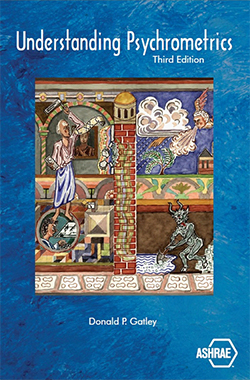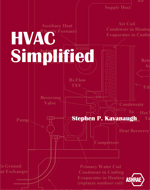
 Look inside
Look inside
The Complete Applications-Oriented Resource for Load Calculations
This second edition of Load Calculation Applications Manual, available in both I-P and SI units, is an in-depth, applications-oriented reference that provides clear understanding of the state of the art in heating and cooling load calculation methods, plus the tool and resources needed to implement them in practice.
Purchase
Looking for SI Edition?
Updates for this edition reflect in information from the 2013 ASHRAE Handbook—Fundamentals, including lighting, materials, and equipment used in buildings today, as well as new methods available since the first edition.
- New internal heat gain data for office equipment
- New methods and data for the effects of internal shading on solar heat gains
- New data on heat gains from kitchen equipment, based on experimental measurements
- New weather data for more than 6,000 stations worldwide
- A new ASHRAE clear-sky model, applicable worldwide
- Improved methods for generating design day temperature profiles
- A major revision of thermal properties data for building materials
This essential engineering reference begins with an overview of heat transfer processes in buildings and a discussion of how they are analyzed together to determine the HVAC load. Later chapters give in-depth coverage of the radiant time series method (RTSM) and heat balance method (HBM) theory and application, systems and psychrometrics, and heating loads, with extensive, step-by-step examples.
With this book comes access to spreadsheets for computing cooling loads with the RTSM and calculating the solar irradiation, conduction time factor series, and radiant time factors used in the method. The spreadsheets can be adapted to compute cooling loads for a wide range of buildings.
Also Available

Understanding Psychrometrics, 3rd ed.
This reference serves as a basic refresher course for those who use psychrometrics on a recurring basis and provides a four- to six-hour psychrometrics learning module to students; air-conditioning designers; agricultural, food process, and industrial process engineers; meteorologists and others.

HVAC Simplified
This text provides an understanding of fundamental HVAC concepts and how to extend these principles to the explanation of simple design tools used to create building systems that are efficient and provide comfortable and healthy environments